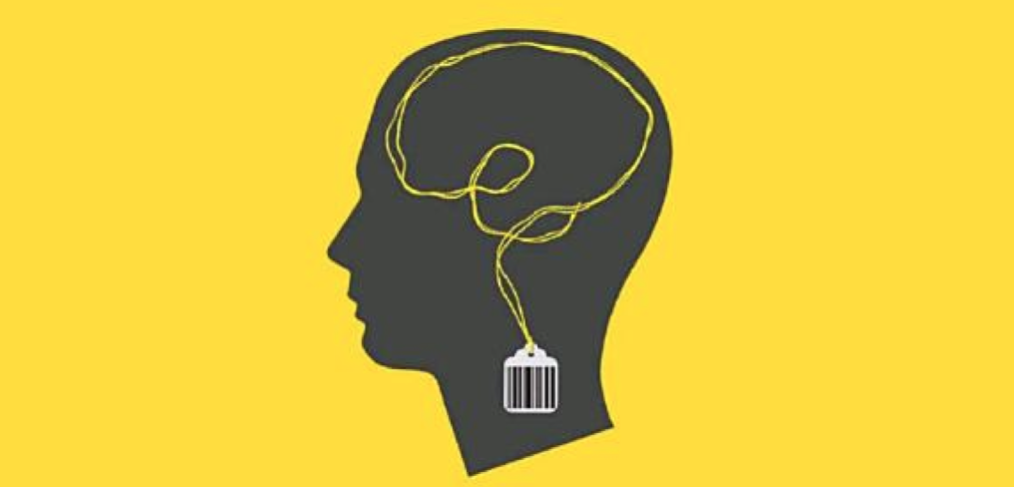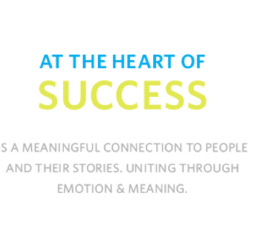
My Brain Made Me Buy It: Decoding Memory and Response
Martin Lindstrom’s newest book, Buyology, is a great introduction to the world of neuromarketing. He presents insight into how our brains really react when we are exposed to advertising, logos, brands, products and other stimulus by testing thousands of people hooked up to MRIs, in the world’s largest neuromarketing study, to see what really happened. The results challenge common marketing think behind why we buy and what motivates us to action.
Psychologists understand that people act on emotion, but rationalize it later. Our buying patterns are no exception: why do you think the impulse buys are located at the cash wrap in a retail store? Act now, rationalize later is our unwitting mantra. But what really influences the purchase decision? What’s going on in the depths of our minds to impact these decisions? And, are we even aware of them?
The answer: a LOT that’s mostly subconscious. This book provides proof for what I’ve long held as obvious: much of today’s advertising is generally an ineffective way of influencing people. Before the Mad Men jump all over me, I’m not talking all advertising. But tell the truth: what’s the last tv commercial you can recall? What brand was that anyway? Lindstrom takes this to task through extensive research to identify how and why our brains respond and recall. And if we don’t recall ads, what do we remember?
Lindstrom provides insight from his findings with lessons for how we can better craft our brand stories and their corresponding experiences. For example, think brand evangelism is just business speak? In what he describes as a controversial correlation, Lindstrom reveals that people who belong to faith in Christianity responded similarly in tests to those who are mega fans of a brand, such as Harley Davidson. That is, their brains fired in a similar fashion. This, he believes, should prompt brand builders to consider, “Do we have a strategy for how to adapt elements from the world of religion?”
I don’t want to give it all away, but here’s another interesting example of his findings: when a smoker reads or hears the word “smoking” the section of the brain triggering addiction lights up like a Christmas tree. The result? All those PSA’s on the dangers of smoking makes the smoker crave a cigarette. Sounds about right to me: just mention the word “diet food” to a friend of mine and she says all she hears is “food” and wants to eat. Phillip Morris, Lindstrom notes, also creates “red” environments in nightclubs to subconsciously trigger a desire to light up a Marlboro. Brand color strategy is important and can impact the way we are captivated and respond. This provides added credibility to a story I heard from Pantone, an authority on color, about the new-found popularity of brown. Ten to fifteen years ago, when prompted to provide a word association with the color, the resounding top responses were “mud” or “dirt.” Today, it’s “rich.” Why? Thank Starbucks coffee and a renewed popularity of dark chocolate. Seriously.
On another note, it’s more than a little disconcerting that a tobacco company, Lindstrom’s client funding the studies, is pioneering the field. I guess that’s to their credit for finding a way around regulatory banishment from advertising. Yet, there’s all sorts of worry and concern that is being raised over the ethical use of these discoveries. All that aside (it’s for another day, another discussion), Buyology is a worthwhile read and a great intro to neuromarketing. It’s prompted me to dig deeper into the connection between neuroscience, buying behavior, branding practices and (surprise!) the role of stories. How can we craft the brand story to increase value to customers? Lindstrom himself notes, “The story around your brand means everything.” He’s now giving us some great insight for which parts resonate and why.



